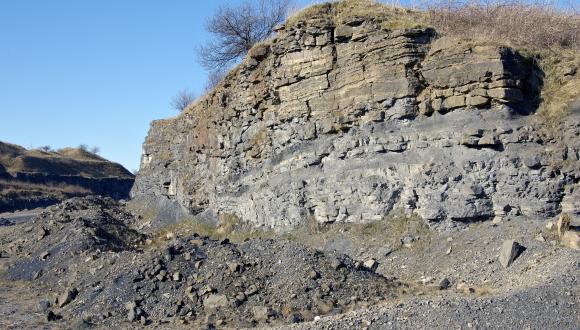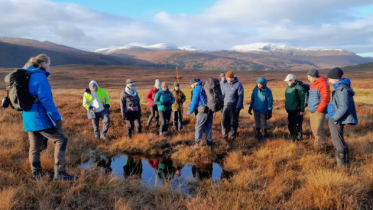Causes of landslides
Whatever the scale, landslides occur when the force for movement – gravity – overcomes the strength of the hill slope itself.
Many landslides in weathered rock, till and soil occur due to sudden rainstorms, prolonged very wet conditions and snowmelt. The melting of frozen ground on our mountains can also cause unstable slopes.
Landslide movement can be sudden, especially when caused by intense rainstorms. Or it may be so slow that we hardly notice – except for a few telltale signs like cracks in the ground and subsidence on affected roads.
One-off vs long-term movement
Single event slope failures include debris flow and rock falls. In Scotland, these are closely associated with weather conditions such as freeze-thaw cycles or prolonged or intense rainfall. Water or ice crystals reduce the rock or soil’s internal strength by prising apart rough surfaces and allowing movement along gaps or smoother surfaces.
Progressive slope failures include soil creep and even large-scale rock slope failures. Such movement may occur only from time to time over very long periods. But changes in environmental conditions – especially changes in water flow within soil and rock – can intensify the movement.
The right conditions
The build-up to a landslide is as important as the trigger event, as:
- weathering along rock face fissures will reduce the rock’s strength – a trigger mechanism can then overload the slope and make it fail
- susceptible rock or sediment must be present
- changes in vegetation cover can affect a slope’s ability to remain intact






